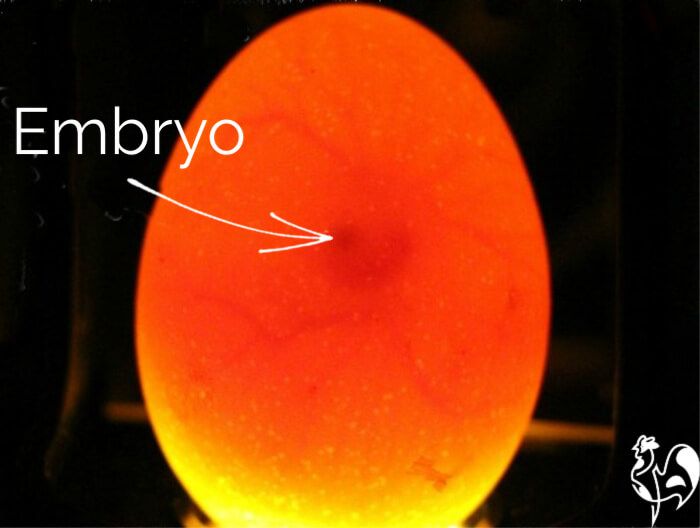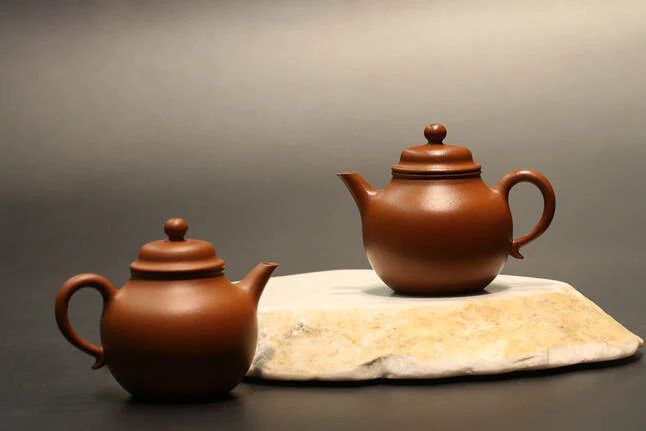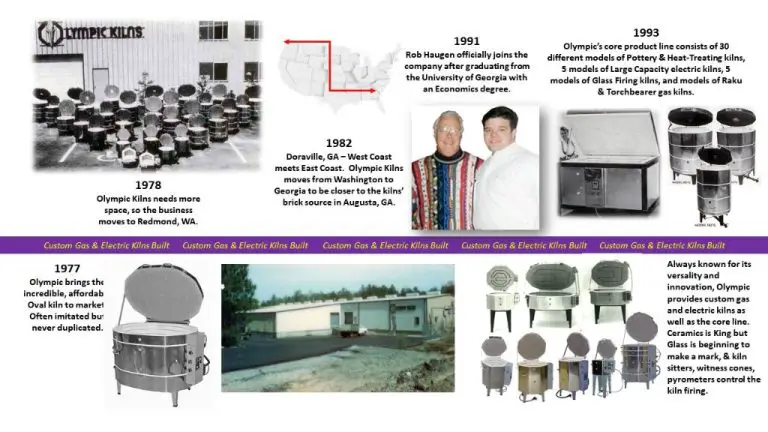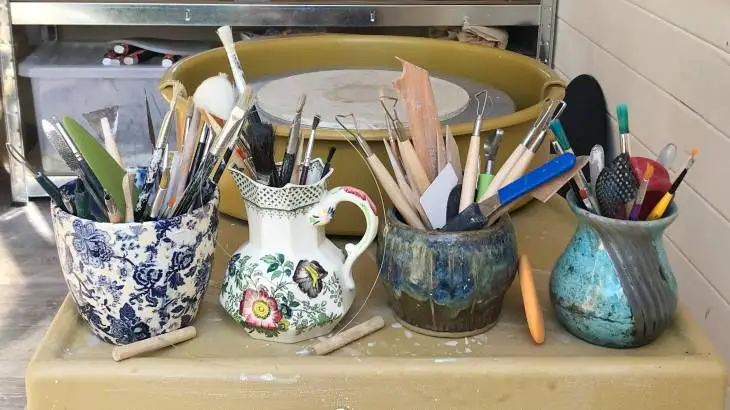Do Terracotta Pots Leach?
What is Terracotta?
Terracotta is a type of ceramic made from fired clay. The term “terra-cotta” comes from the Italian words for “baked earth.” Terracotta starts out as a clay-based and malleable material that can be molded into various shapes and forms. Once shaped, it is baked at high temperatures in a process known as firing, causing the clay to harden into a durable, porous material. Firing temperatures for terracotta generally range from 900°C to 1050°C (1,650°F to 1,900°F).
The most defining characteristic of terracotta is its permeability and porosity. The firing process leaves tiny pores within the clay, allowing air, water and nutrients to pass through. This gives terracotta advantageous properties, but also means it can be prone to leaking and drying out. The reddish-orange color commonly associated with terracotta comes from the iron oxide content in the clay that gets oxidized during firing. Terracotta can also be glazed or painted with colors.
Due to its durability, affordability and workability, terracotta has been widely used throughout history for pottery, sculpture, and construction materials. Some of its common uses today include flower pots, garden decor, architectural accents on buildings, and other ornamental items. Its porous nature also makes it a popular choice for certain growing containers and water filtration systems.
Sources:
https://en.wikipedia.org/wiki/Terracotta
https://www.merriam-webster.com/dictionary/terra-cotta
Terracotta Porosity
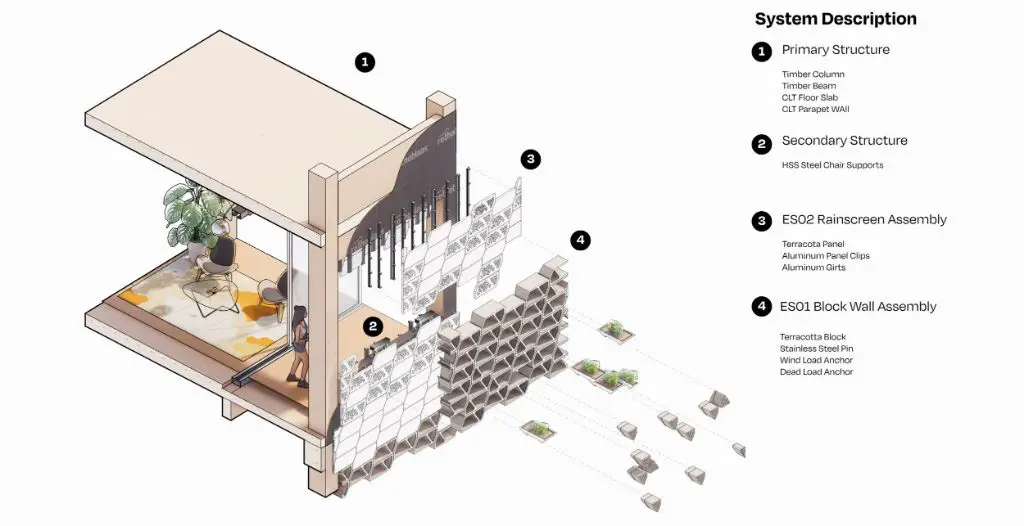
Terracotta is a type of baked clay that is known for being porous. This porosity comes from the tiny holes and spaces within the structure of the fired clay. According to Clay Body Porosity, terracotta’s high porosity is due to it containing a large percentage of dolomite, around 65%. The remaining 35% is ball clay which provides workability.
The porous nature of terracotta allows air and water to easily pass through the material. As described by How To Choose A Terracotta Pot By Its Porosity, “Technically porosity is the amount of empty space in the structure of the fired clay that makes it capable of absorbing or distributing liquids.” The tiny holes and gaps between the clay particles create this empty space that gives terracotta its signature porous quality.
Pros of Terracotta Porosity
One of the biggest benefits of terracotta pots is that they allow soil to breathe. Terracotta is porous, which means it has small holes throughout the material that allow air to pass through (West Coast Gardens). This porosity provides oxygen to the roots and helps prevent soggy soil and root rot.
The porosity also helps prevent overwatering. When you water a terracotta pot, some of the water seeps out through the porous walls of the pot. This allows excess moisture to evaporate from the soil surface. So even if you overwater on occasion, terracotta pots help the soil dry out more quickly than non-porous materials like plastic or glazed ceramic (Clever Bloom).
Cons of Terracotta Porosity
While terracotta’s porous nature has some benefits, it also has some downsides. Two of the main cons of terracotta pots are that they can lead to drying out and nutrient leaching:
Terracotta is porous, meaning it allows air and moisture to pass through the material. This can lead to rapid drying, especially for smaller pots. Plants in terracotta pots will need more frequent watering than plastic or glazed ceramic pots to avoid drying out [1]. This is particularly problematic for tropical plants and seedlings that require consistently moist soil.
In addition to drying out, nutrients can leach more readily from terracotta pots. As water passes through the porous walls, it can wash away soluble nutrients like nitrogen, phosphorus, and potassium from the soil. Over time, this can lead to nutrient deficiencies in plants grown long-term in unglazed terracotta [2].
What is Leaching?
According to Wikipedia, leaching is defined as “the loss of water-soluble plant nutrients from the soil, due to rain and irrigation. Soil nutrients such as calcium, magnesium, potassium and sodium are susceptible to leaching. Leaching may also refer to the practice of applying a small amount of excess irrigation where the water has a high salt content to avoid salts from building up in the soil.” (https://en.wikipedia.org/wiki/Leaching)
In simple terms, leaching refers to the drainage or loss of nutrients from soil through excess watering. As water moves down through the soil, it dissolves salts and nutrients and carries them away. Over time, vital plant nutrients like nitrogen, phosphorus, potassium, magnesium and calcium can be depleted if the rate of leaching is greater than the rate at which nutrients are replaced by the breakdown of soil minerals or organic matter. This is especially problematic for potted plants and container gardening, where the limited soil volume and drainage holes lead to a high rate of nutrient leaching.
Does Terracotta Leach Nutrients?
Terracotta is a porous material that allows air and moisture to pass through. This porosity means that terracotta pots can leach water and dissolved minerals more readily than other non-porous materials like plastic or glazed ceramic (Unusual Containers for Preparing Food Not Always Safe). The leaching effect depends on how much water flows through the pot and how concentrated the fertilizer or mineral content is in the soil (Clay Cookware and its Safety | MEC).
In general, the porous nature of unglazed terracotta means it will leach more nutrients than other pot materials. With frequent watering or concentrated fertilizers, the leaching effect will be greater as more moisture passes through carrying dissolved minerals. Using a diluted fertilizer and watering only when the soil has partially dried out can help reduce nutrient loss. Additionally, placing rocks, gravel or sand at the bottom of the pot can create a drainage layer that retains some minerals. Overall, terracotta’s porosity does facilitate leaching, but proper watering and fertilization techniques can minimize the effect.
Preventing Leaching
There are a few methods you can use to reduce the amount of leaching that occurs in terracotta pots:
First, water less frequently. Allow the soil to dry out some between waterings. Terracotta is porous, so the soil dries out faster than other pot materials. Letting it get too dry between waterings can increase leaching when you do water. Aim to water when the top inch or so of soil is dry.
Using a controlled-release fertilizer can also help prevent leaching. The nutrients are released over time as moisture triggers the granules to slowly dissolve. This provides a constant feed to plants without having a concentrated dose that can easily leach out.(1)
Adding water-retaining materials to the soil mix can help, too. Materials like coir, peat moss, and vermiculite hold onto moisture well. Mixing these into potting soil provides more water retention between waterings.
Leaching With Other Materials
Other common pot materials like plastic and glazed ceramics can leach less than unglazed terracotta due to their non-porous nature.
Plastic planters are made from polymers that do not easily allow the transfer of water and dissolved minerals. Glazed ceramics are coated in an impermeable glass-like layer that prevents interactions between the clay and soil.
However, the non-porosity of plastic and glazed ceramics also limits air circulation between the soil and outside environment. This can lead to overly wet conditions for plant roots. The porosity of unglazed terracotta promotes evaporation and gas exchange through the walls of the pot.
While plastic and glazed ceramics may leach less, the porosity and breathability of terracotta can provide benefits for plant health and growth. There is a tradeoff to consider when selecting the best pot material.
When to Use Terracotta
Terracotta pots are best used for drought-resistant plants that don’t require constant moisture. The porous nature of terracotta allows excess water to evaporate, helping to prevent overwatering. Plants such as cacti, succulents, herbs, tomatoes, and other Mediterranean plants thrive in terracotta’s fast-draining environment.
On the other hand, orchids, African violets, and other moisture-loving plants may dry out too quickly in terracotta pots. The porosity also leaches nutrients rapidly, so terracotta is not ideal for seedlings or young plants with lower nutrient needs.
Some gardeners recommend lining terracotta pots with plastic before use for moisture-loving plants. But in general, it’s best to match your plant’s preferences to the right pot material. Use terracotta for drought-tolerant species that appreciate both wet and dry cycles.
Conclusion
As we’ve discussed, terracotta pots are highly porous and do allow water and dissolved minerals and nutrients to leach out through the sides and bottom of the pot. The porosity is beneficial for some plants that prefer their soil to dry out quickly between waterings, but it can also lead to plants drying out too fast and excess leaching of nutrients from the soil.
There are a few things you can do to help prevent excessive leaching if using terracotta pots:
- Apply a coat of varnish or sealant on the inside of the pot – This will reduce porosity and leaching.
- Line the pot with a plastic nursery bag – The plastic will act as a barrier between the soil and porous terracotta.
- Water carefully and watch for the plant drying out faster than expected – Don’t overwater and let the plant be your guide for when it needs more moisture.
- Add extra perlite or vermiculite to soils – These help retain moisture and nutrients.
- Use water-soluble or slow-release fertilizer – These will replenish nutrients between applications.
- Group plants together – The evaporated moisture can benefit neighboring plants.

